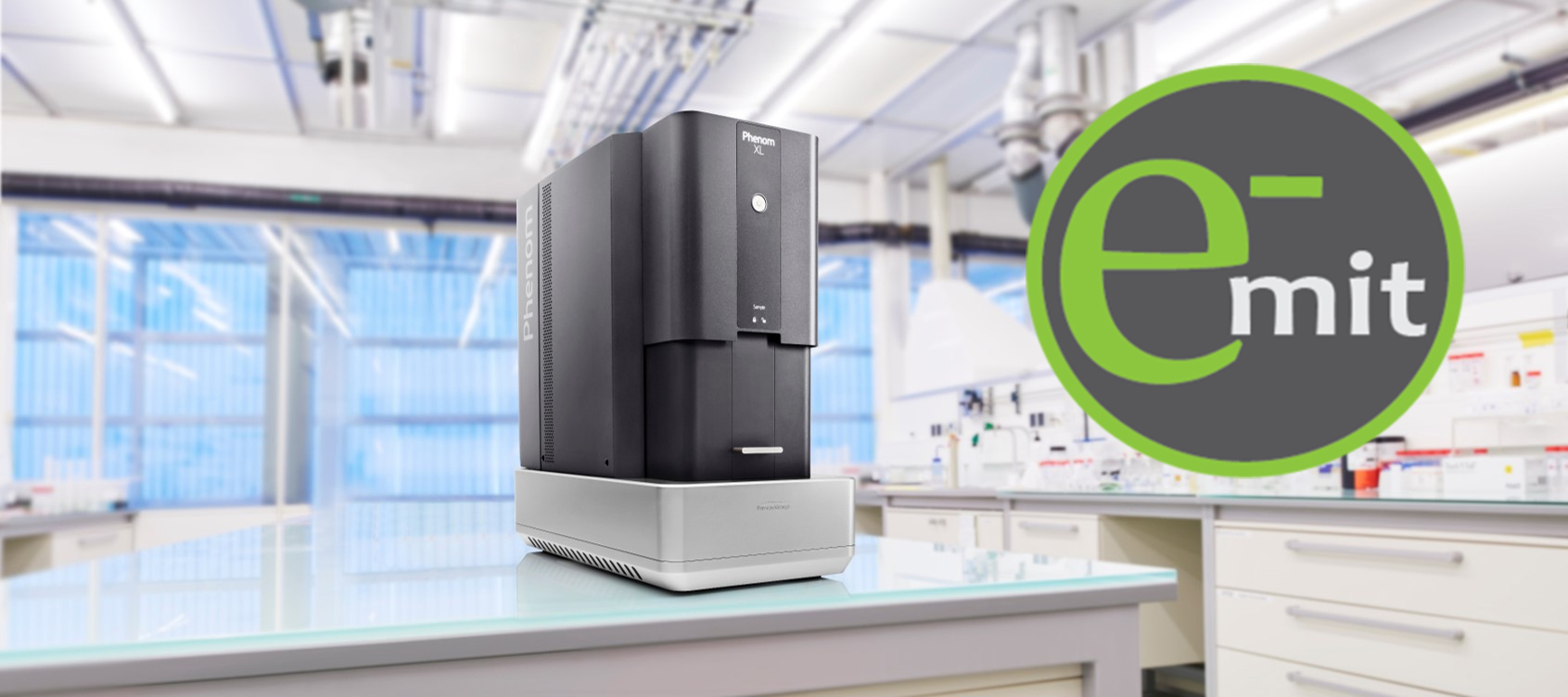|
Fluorescent Sand/Silt Conveyer System
|
|
|
Dr. Jon Marsh of Tracer Sands, LLC approached us to request a replacement to the UV system he was using to count 4 distinct tracer sands from natural samples of sands and silts. Tracer Sands, LLC is hired to record a number of oceanographic tests to understand sediment flow in shallow marine environments where there is heavy infrastructure, new construction, dredging, dam building, etc. One of the tests he performs requires placing four colors of fluorescent sands and silts into a fluvial environment. Subsequent sampling through time at localities around the region describe how the environment is changing with respect to sedimentation rates and transport. The work is critical, but time consuming. Macroscopic Solutions, LLC was hired to develop a dual plain and fluorescent camera system that rapidly identifies tracers from a large sample of sediment. Fine grained silt tracers are identified by contextually photographing silts on 5 micron filter paper mounted to a glass slide.
|
|
|
|
|
 Photograph shows dual slide imaging system capable of generating high magnification panoramas of filter paper mounted on glass slides. Photograph shows dual slide imaging system capable of generating high magnification panoramas of filter paper mounted on glass slides. |
|
|
|
|
|
|
|
Aramco Services Company/Dual Carriage UV Optical and Fluorescent Imaging Systems
|
|
|
Poorna Srinivasan and David Jacobi of Aramco Services Company recently acquired a Macropod Drill Core with dual carriage imaging system, Macropod Petrographic and a Macropod PRO 3D to generate ancillary data to gamma ray profiles on samples of drill core at the companies research and innovation labs in Houston. Poorna and David belong to an expert team of geological consultants, geochemists and engineers spearheading upstream geology and product development.
|
|
|
|

|
|
|
Poorna and David examining the results of processed thin section.
|
|
|
|
|
Terrestrial Parasite Tracker TPT
|
|
Macroscopic Solutions received an amazing opportunity from the terrestrial parasite tracker thematic collection network to provide, maintain and train museum curators and technicians on the Macropod PRO 3D systems.
Modified from NSF award abstract #1901932
The team is digitizing millions of arthropod parasites (specifically, insects and their relatives), which are responsible for economically critical issues in human health, wildlife conservation, and livestock productivity. Because natural history collections are permanent repositories for past and present parasite specimens, these collections and their data can help address these significant societal challenges in human and animal health and safety. Natural history collections often contain specimens and ancillary materials that are completely unknown to the broader community, yet represent irreplaceable knowledge about organismal habitats, distributions, and parasite-host associations. Further, these collections yield information that can be used to model ecological processes and changes in species distributions, predict the future spread of human and animal disease, update taxonomy, and help identify under-represented parasite groups in urgent need of sampling and threatened parasite diversity in need of conservation. This project will provide digital records (i.e., specimen label data and images) of invaluable arthropod parasite collections to make research-ready baseline data accessible online, catalyzing new research and education initiatives. These newly digitized data will have immediate and long-lasting benefits for our understanding of organismal associations, biodiversity, and beyond.
The Terrestrial Parasite Tracker Thematic Collection Network (TPT-TCN) will digitize over one million arthropod specimens representing species that are significant parasites and disease vectors of vertebrates in the United States. This digitization effort will integrate millions of vertebrate host records with vector and disease monitoring data shared by state and federal agency collaborators, creating a novel foundation for integrative, long-term research. This project is a collaboration of taxonomists and curators from vertebrate and invertebrate collections, as well as epidemiologists, ecologists, data-scientists, and biodiversity informatics specialists. This reach is further extended by the 26 collaborating research collections and other initiatives. This project will empower ongoing citizen science and public awareness campaigns with the tools to understand distribution changes of arthropod vectors and associated diseases due to environmental change and global movement. Public education initiatives include partnering with natural history museums to educate the public about parasites via science-focused lectures, exhibits, summer youth programs, informal presentations, and developing new online educational resources for teachers in underserved communities. All specimen images generated by this project will be used for the development of a rapid identification tool for parasites which will be made accessible through the internet and smartphone apps and shared with iDigBio (idigbio.org). The TPT-TCN will also develop and implement undergraduate teaching modules focused on data held in natural history collections. These modules will be disseminated to academic institutions across the United States and made available online.
This award reflects NSF's statutory mission and has been deemed worthy of support through evaluation using the Foundation's intellectual merit and broader impacts review criteria.
|
|
|
|

|
|
Local new coverage of Dr. Jennifer Zaspel describing the project.
|
|
|
|
|
|
|
|
|
|
Emit LLC
|
|
|
Emit LLC provides SEM rental and imaging services for clients seeking affordable access to electron microscopy. The company is operated by Neil Magdefrau, who is an expert in imaging technologies having graduated with a doctorate in metallurgy and materials engineering at the University of Connecticut. Emit and Macroscopic Solutions are developing a close working relationship to extend the value of products and services provided to our customers and we’re looking forward to working together in 2020 onward.
Emit, LLC takes pride in providing customers with the most cost effective solutions for their SEM needs. See rates below:
In Office rental rates are now $115/hr.
Hourly SEM/EDS service are now $195/hr.
|
|

|
|
|
|
|